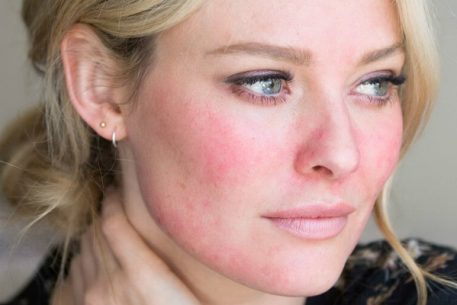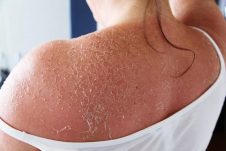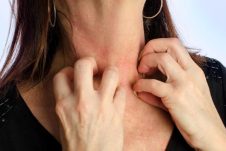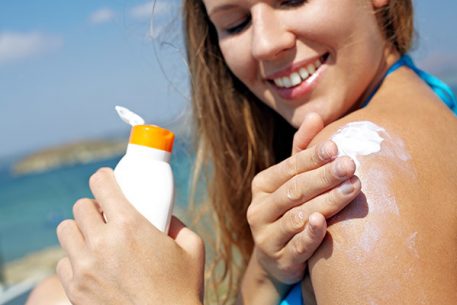The summer period, created for relaxation, new experiences and a pleasant time, can bring not entirely joyful consequences in the form of an allergy to the sun. This phenomenon is quite common - every fifth inhabitant of the planet can not calmly enjoy a beach holiday and expose the body to the bright rays of the sun. What becomes the cause of such a disease, how to recognize the signs and cure the pathology in time, and whether there are effective prevention methods, are the answers to all questions in our article.
Material Content:
Causes of allergies to the sun
Ultraviolet rays alone do not cause ailment. They only accelerate the processes in the body that lead to photodermatosis (photodermatitis) - this is what the “correct” name for pathology sounds like.
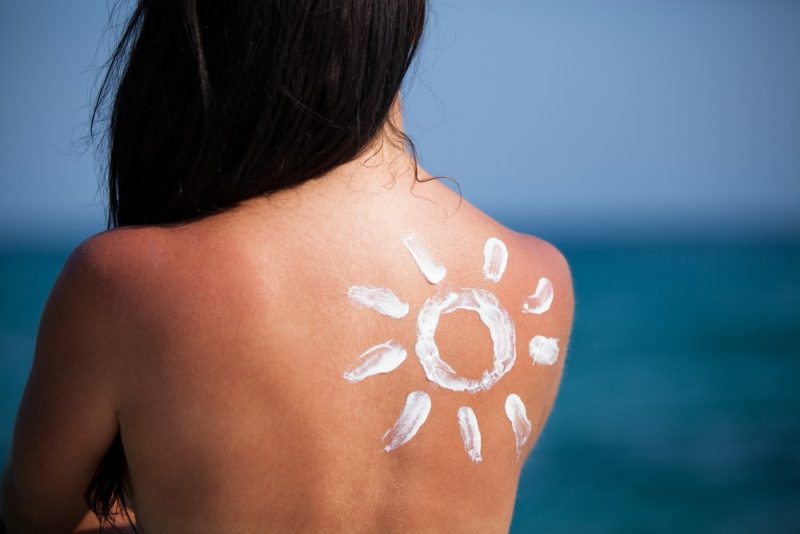
In humans, a negative allergic reaction is caused not by the sun itself and its rays entering the skin, but by toxic substances, which accumulate in excess under the influence of ultraviolet radiation.
What are these substances?
Toxins in the body appear for two reasons:
- internal;
- external.
The first group is a person’s disease or abnormality in the work of organs.
Among them:
- liver pathology;
- weakened immunity;
- digestion problems;
- interruptions in metabolism;
- avitaminosis;
- pellagra;
- Gunther's disease.
External irritants that provoke allergic reactions after exposure to the sun are:
- tattooing procedures, peeling using cadmium sulfate;
- cosmetics and hygiene products containing phenol, boric acid, eosin, mercury compounds, various surfactants, essential oils;
- medicines - contraceptives, antihistamines, certain antibiotics, sulfonamides and other drugs;
- alcohol-containing drinks;
- pollen of plants during flowering - nettle, buttercups, buckwheat, etc .;
- bleach preparations;
- products - with hot spices, preservatives, synthetic dyes and flavorings, citrus fruits, vegetables with a high content of ascorbic acid.
You should carefully monitor the use of cosmetics and medicines, as well as review your diet to reduce the risk of photodermatitis.
Who is most affected
Some people are less likely to develop this type of allergy, while others, on the contrary, are very sensitive and often suffer from exposure to the sun.
At risk are:
- fair-skinned people with blond hair;
- small children who do not have reliable immune protection;
- women during gestation;
- Relatives of people who are allergic to the sun;
- sunbathing lovers;
- patients with atopic dermatitis;
- people who have recently had a tattoo or chemical peeling;
- persons in contact with substances or taking medications that cause hypersensitivity of the skin to ultraviolet light (certain antibiotics, oral contraceptives, barbiturates).
People who belong to this category should especially carefully observe the rules of staying in direct sunlight. It’s easier to prevent allergies than to deal with its consequences.
It is especially important to provide reliable protection against ultraviolet radiation to young children. Parents should monitor their safety, use all means to protect the child and reduce the likelihood of unwanted reactions.
The main forms of photodermatosis
The reaction of the human body to ultraviolet light can manifest itself in various ways.
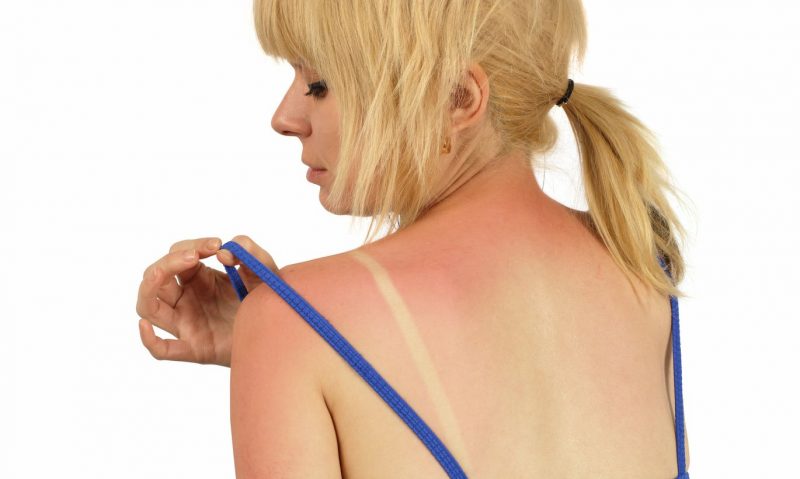
Based on this, three forms of photodermatitis are divided:
- photoallergic reactions appear literally immediately after contact with the rays in the form of redness on the skin, its peeling, blisters;
- phototoxic reactions (edema, blisters) occur in people with especially sensitive skin, while additional pathogens are cosmetic or medicinal products, as well as products containing photosensitizers;
- each person can have phototraumatic reactions due to an excessive dose of ultraviolet radiation, they are manifested by severe burning, itching and peeling of the skin.
Each form has its own characteristics of manifestation and methods of treatment.
Symptoms of a sun allergy
Signs of side effects of rays for each manifest themselves in different ways. And the time of their appearance varies: from a few minutes after sunbathing to a week after visiting the beach.
Among the manifestations of the disease note:
- redness of the skin on the face, in the decollete, on the limbs;
- small dots resembling freckles;
- peeling of the dermis;
- hives;
- swelling of tissues;
- itching and burning;
- purulent rash - in rare cases.
The manifestation of all the symptoms of the disease is not necessary, it all depends on the form of the reaction and the degree of development of the allergy.
First aid for an acute allergic reaction
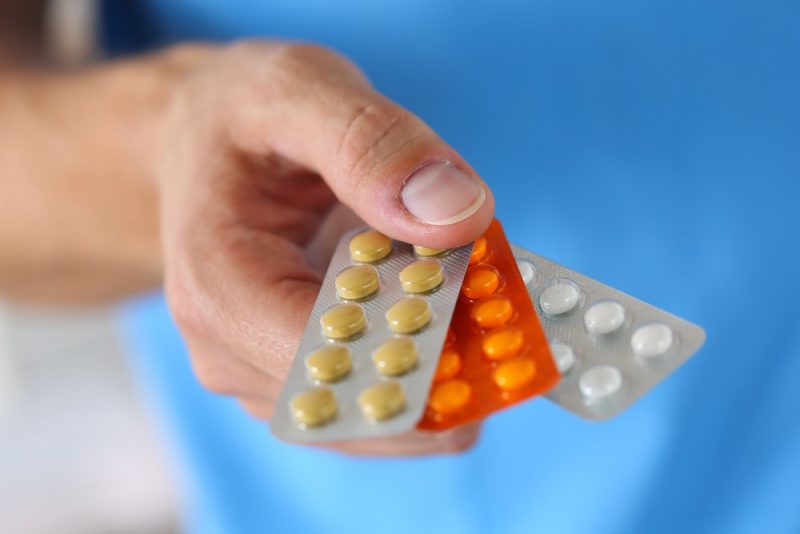
As soon as the first symptoms of photodermatosis occur, you need to follow a simple algorithm that can improve the condition:
- hide in the shade, get dressed, and it is better to leave the beach;
- take antihistamines;
- check the composition of cosmetics for photosensitizers;
- eat less citrus fruits;
- if the condition does not improve within 2-3 days - consult a doctor.
The doctor will be able to quickly determine the form of the pathology and prescribe effective drug therapy.
Treatment of photodermatosis in adults and children
To constantly hide from the sun, especially in summer, is not the most suitable option for allergy sufferers.Therefore, it is necessary to find the cause of hypersensitivity using diagnostic studies.
An allergist will establish the genesis of the disease and prescribe a set of procedures to eliminate unpleasant symptoms.
Drug therapy
It is necessary to treat allergies comprehensively, using different methods:
- local (external) funds;
- preparations for internal use.
Special ointments and creams have a calming external effect on the affected skin.
These are drugs based on:
- zinc;
- lanolin;
- methyluracil;
- corticosteroids.
The use of hormonal drugs is resorted to only in especially severe cases. In this case, treatment should be short-term so as not to cause complications in the form of violations of the structure of the skin.
To eliminate the cause of hypersensitivity to sunlight, various drugs are used aimed at pathogens of photodermatitis.
The doctor prescribes a set of medicines:
- liver function enhancers;
- immunostimulating drugs;
- NSAID drugs to relieve signs of inflammation;
- antihistamines to eliminate itching (better than the third generation, not causing drowsiness);
- vitamin complexes, including nicotinic acid, vitamins C, B, E to accelerate the regeneration of the skin;
- drugs to normalize metabolic processes.
The duration of treatment is indicated by the doctor based on the severity of symptoms and the form of pathology. Therapy can be short-term - only a few days, and it may take a month to fully recover.
Folk remedies
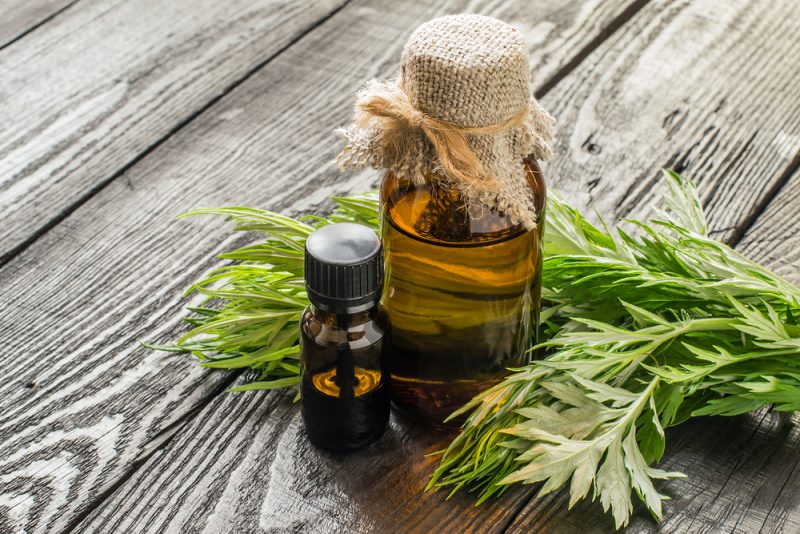
Effective methods of treating allergies to the sun are offered by traditional medicine. Most often, it is resorted to by adult patients who have experienced photodermatitis.
There are several effective recipes:
- Cabbage leaves are a good sedative for affected skin. They just need to be attached to the lesion and securely fixed. It is better to change leaves for fresh every 2 hours.
- Lotions based on wormwood broth quickly eliminate itching, you need to wipe the skin several times a day.
- Horse chestnut fruits, crushed to a homogeneous slurry, are used in the form of compresses. They help relieve swelling and peeling of the damaged dermis.
- A decoction from a series (2 tbsp. L. Herbs per 500 ml) is added to warm water for taking a bath. This procedure relieves burning sensation, soothes the skin and promotes the healing of abscesses.
- Chilled vegetable compresses reduce skin inflammation. To do this, you can use carrots, cabbage or potatoes. It is necessary to grind them first, put on cheesecloth and send them to the refrigerator for an hour, then put them on the affected areas. The duration of the procedure is 30 minutes.
- Infusion of shredded fresh leaves of geranium (2 tbsp. L.) In boiling water (400 ml) is used for lotions that effectively eliminate the signs of dermatological inflammation.
Prevention
The best way to prevent unpleasant side effects from bright rays is to follow the rules of behavior in the sun.
- Do not use alcohol-containing cosmetics in the summer, especially before going to the beach.
- Apply skin with a high protection factor every two hours in the sun.
- Give preference to summer clothes made from natural materials.
- Take sunbathing until 10 in the morning or after 18 in the evening.
- The duration of stay in direct sunlight on the beach should not exceed 20 minutes.
- Be sure to use hats, umbrellas and capes from the sun.
- Before a beach trip, you should not visit the solarium or do peeling.
- If you are prone to allergies, you should carry antihistamines with you.
The sun, sea and beach will give a vivid impression of a pleasant stay, if you learn how to use their beneficial properties. Safety rules will make your vacation perfect.





